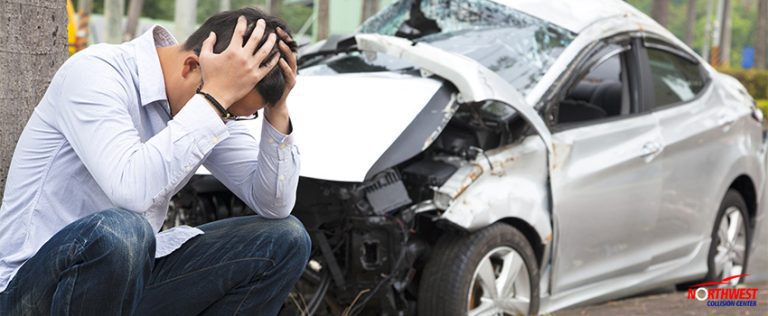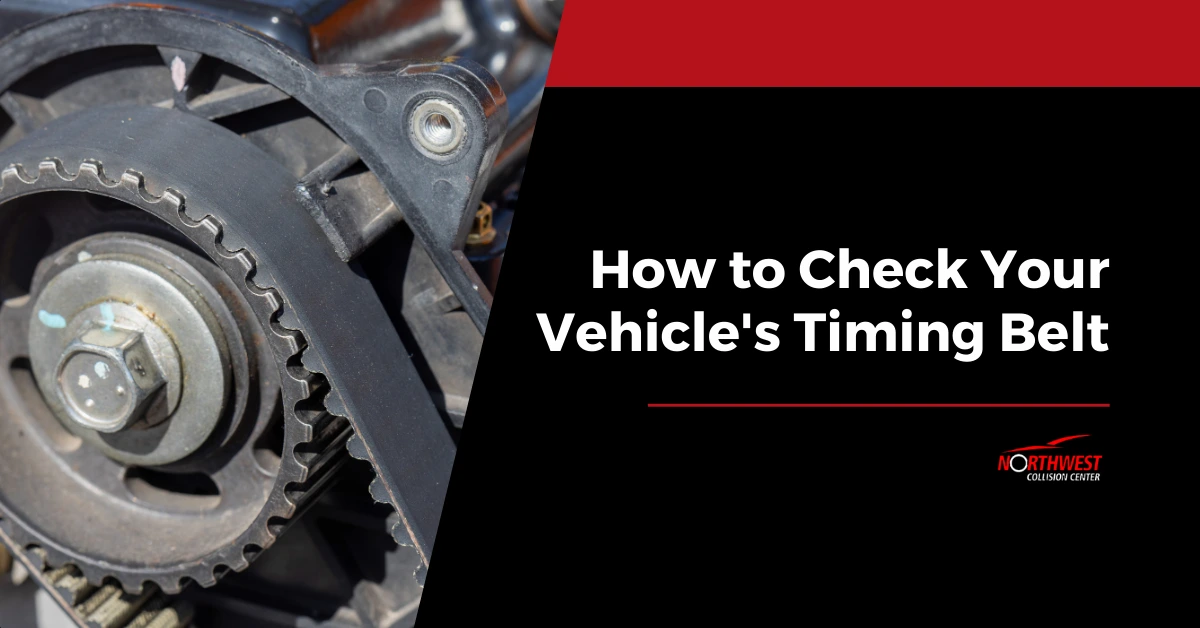COVID-19 has changed the way we live for the past two years.
It has also affected how many people die from car accidents each year. The increasing number of deaths and cases from the COVID-19 pandemic has pushed many countries and local governments in the U.S. to place travel restrictions on their citizens to curb the spread of the virus. It has also resulted in a substantial reduction in traffic volumes and generally a lower risk of car crashes.
In an ideal world, fewer cars on the road would mean fewer car accidents. However, that is not the reality. Recent preliminary statistics from the National Safety Council (NSC) indicate an increase in fatalities during the lockdown period compared to previous years. As many as 42,060 people died in 2020, a year when people drove less often due to the pandemic. This is 8% greater than 2019, and it happened despite a 13 percent decrease in miles traveled by car.
In the first six months of 2021, the NSC reports a 16 percent increase in car fatalities compared to 2020, making it one of the biggest percentage increases in fatal car accidents by year.
Researchers and experts have attributed the increase in fatal car crashes during 2020 to lesser traffic congestion that encouraged some people to drive recklessly.
The Surge in Traffic Accidents in the US
The chance of dying in a car crash was starting to get low before COVID-19. Safety on American roads was improving before the pandemic. This is due to the enforcement of seat belt laws, the introduction of airbags, improved brake and stability control, and other safety features.
Then the pandemic hit, and lives were thrown out of balance. It also changed how we drive and affected some factors like:
1. Intoxication
The pandemic has increased anxiety and psychological stress levels in most people. Adding in fears of infection or exposure to the virus and subtracting travel and human interaction into the equation is enough for some to turn to unhealthy coping mechanisms like alcohol consumption.
A study by Columbia Mailman School of Public Health researchers reports an increase in liquor sales and alcohol consumption during the first few months of the pandemic, a time when most people were isolated and alone at home.
Increased alcohol consumption and drug use were also linked to increased free time during the COVID-19 epidemic. This could lead to impaired driving, stunt driving, and over-speeding, resulting in fatal car accidents.
2. Drug Use
Like alcohol consumption, the pandemic has also triggered increased drug use to cope with the uncertainties and isolation brought about by travel restrictions and lockdowns.
In a study published in Accident Analysis & Prevention, more than 7% of adults surveyed said they are more likely to drive impaired than before the pandemic, leading to more reckless driving behaviors and a greater risk of being involved in a motor vehicle accident.
Federal researchers also report that in car accidents where drivers were severely injured or killed, the proportion of drivers who tested positive for opioids has almost doubled since the start of the outbreak. Marijuana use also significantly increased.
3. Driver’s Overconfidence
Recent evidence shows that the pandemic has made American drivers more reckless after decades of safety improvements, making them more likely to speed, drink, use drugs, and leave their seat belts unbuckled. Experts believe that this behavior can reflect feelings of loneliness, isolation, and depression.
Quarantine reduced the number of cars on roads, nearly eliminating traffic congestion. Wide and empty roads designed for optimum speed, coupled with other factors, like intoxication, can encourage some people to drive at deadly speeds.
What Can Be Done?
The ultimate goal of any car safety strategy is to reduce speeding on roads. This is achievable by altering the road’s physical layout with traffic-calming measures, which encourage slower driving like narrowing lanes and speed bumps or changing the legal speed limit.
Other strategies to reduce car crashes are:
Road Diet
A ” road diet” is a promising idea to reduce car crashes on roads located in sparsely populated areas. Road diets increase road complexity by removing traffic lanes, creating central turn lanes that make it easier to manage left turns, and adding bike lanes and shoulders, which most rural roads lack. It does this all while slowing traffic.
Roundabouts
Roundabouts are a great way to save lives and lower the odds of dying in a car crash in rural America. These areas have high car accident death rates due to their fast speeds and a lack of physical barriers between lanes. The addition of medians and central turn lanes can dramatically reduce the number of deaths.
How to Avoid Collisions
Of course, people should also try to be more careful when out on the road and avoid getting into a car collision. When out driving, remember to:
- Slowly pull into traffic. Look, listen, and pay attention to blind spots like those behind windshield pillars, highway signs, and rear view mirrors. Make sure you look in both directions before making a right turn at an intersection, and be cautious when entering busy intersections. Vehicles can quickly appear out of nowhere and can take you by surprise.
- Be aware of red-light runners. Make sure to count to three before you enter an intersection with a green light. Be sure to look both ways and make sure that no one is speeding through a yellow light. Be cautious when passing semis; truck drivers have a large blind area on their right-hand side. A good rule of thumb to remember: if you can’t see the truck’s side mirrors, the truck driver can’t see you.
- Always keep at least one hand on your steering wheel. Avoid distractions like changing radio stations, CDs, cell phones, eating, or taking a moment to get off the wheel. A sudden gust of wind, a pothole, or a flat tire can cause the vehicle to veer off-course and lead to a serious car accident.
- Be aware of children. Animals and children tend to jump out from behind parked cars onto the roads without warning. When driving in a residential area with children, always keep your eyes peeled and slow down.
- Maintain your engine regularly. Do this by changing your oil frequently and inflating your tires correctly to prevent your car from suddenly stalling and other vehicle problems.
- Take a look ahead 12 seconds. Focus on the area you will be driving in 10-12 seconds. Keep your vehicle far enough away from other vehicles so that you can avoid being stopped or swerved into by another car.
- Always look back before backing out. Be aware of cars that leave parking spaces. Fender benders are commonplace in parking lots. Relying on mirrors is not enough; look over your right shoulder when steering to avoid blind spots caused by mirrors.
- Don’t tailgate. Tailgating is another major cause of car accidents. Make sure you have a minimum of three seconds between yourself and the car in front of you. Start your journey early enough to avoid speeding up and losing time.
- Show kindness to other drivers. Nobody owns the roads.
When you get into a car crash, remember to take deep breaths to calm down. Make sure everyone is safe and call 911. If no one is injured and your car is still driveable, move it to a safe spot to avoid traffic. Exchange information with other drivers involved in the crash; take note of their names, phone numbers, license plates, and insurance numbers. Also, remember to take pictures or videos of your car after the crash for documentation.
Take Your Car to Northwest Collision Center
If you need auto repair services, trust Northwest Collision Center.
We are experts at restoration, color matching, and auto body repair in St. Peterburg, FL. We can also tow your car for you. We guarantee your car will be back on the road in no time.










